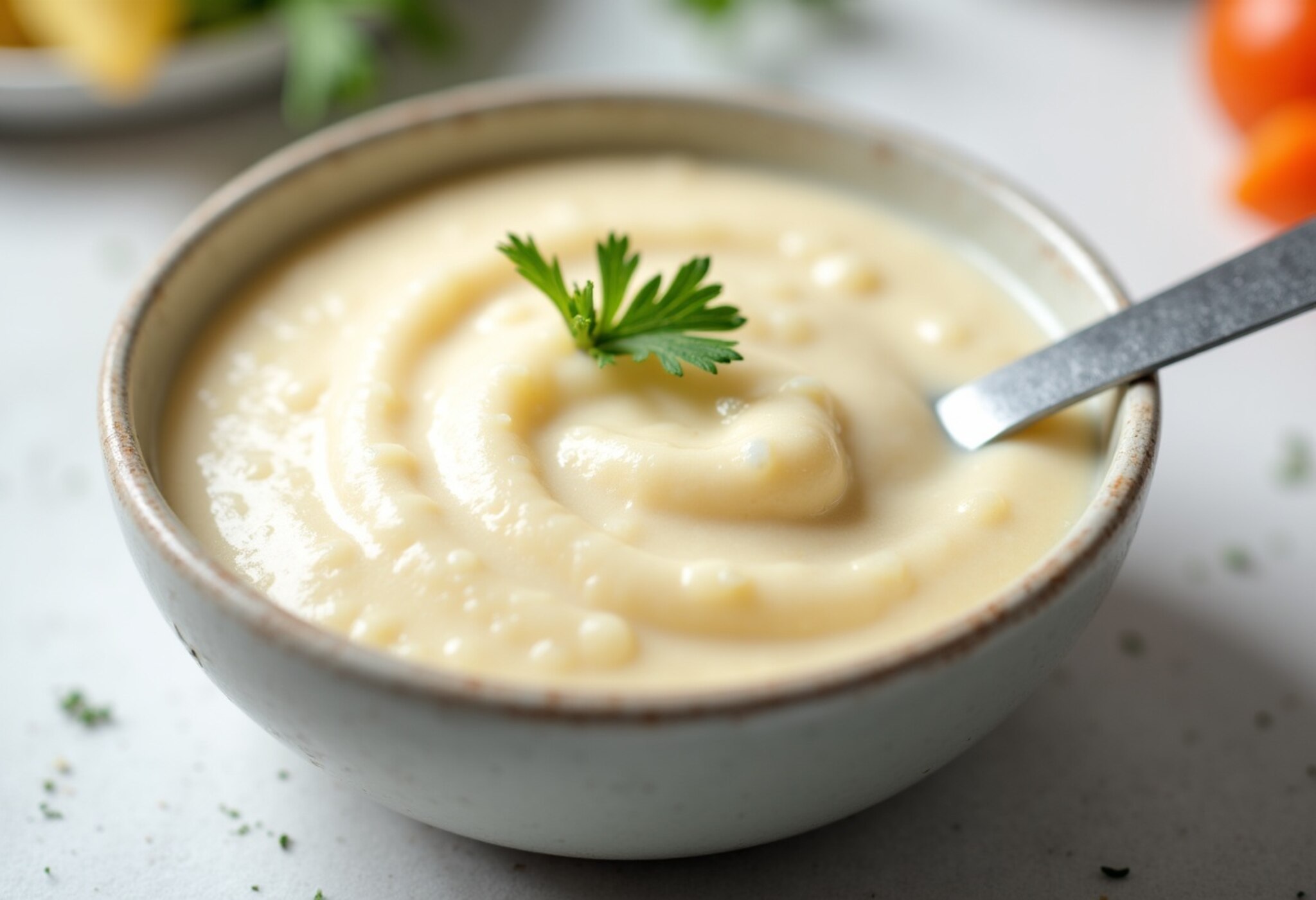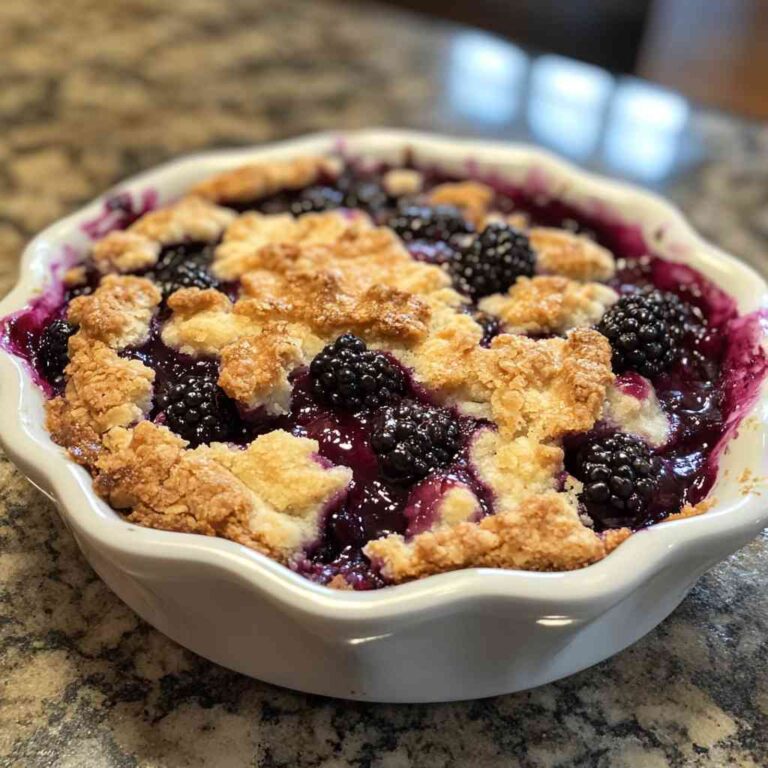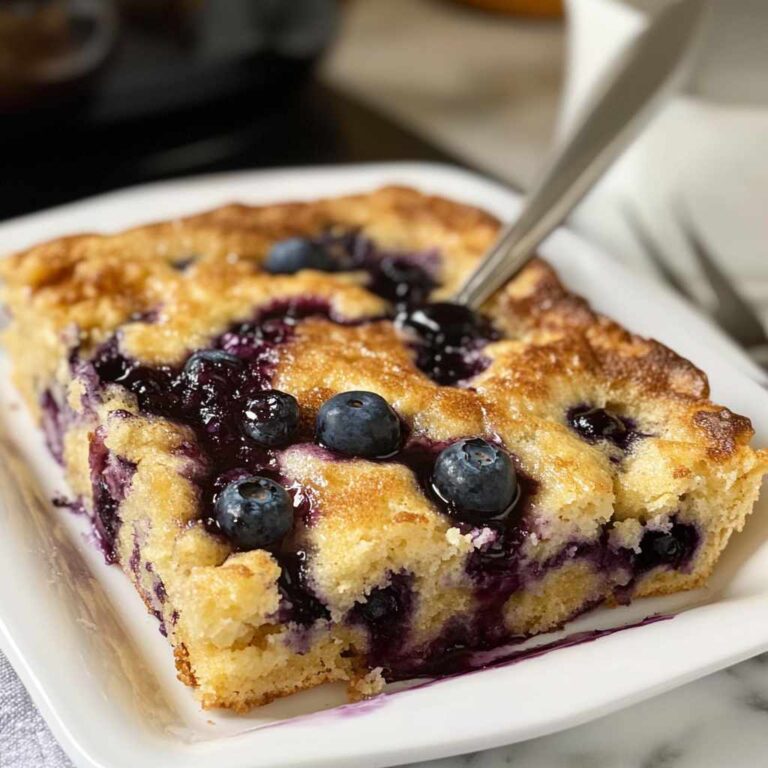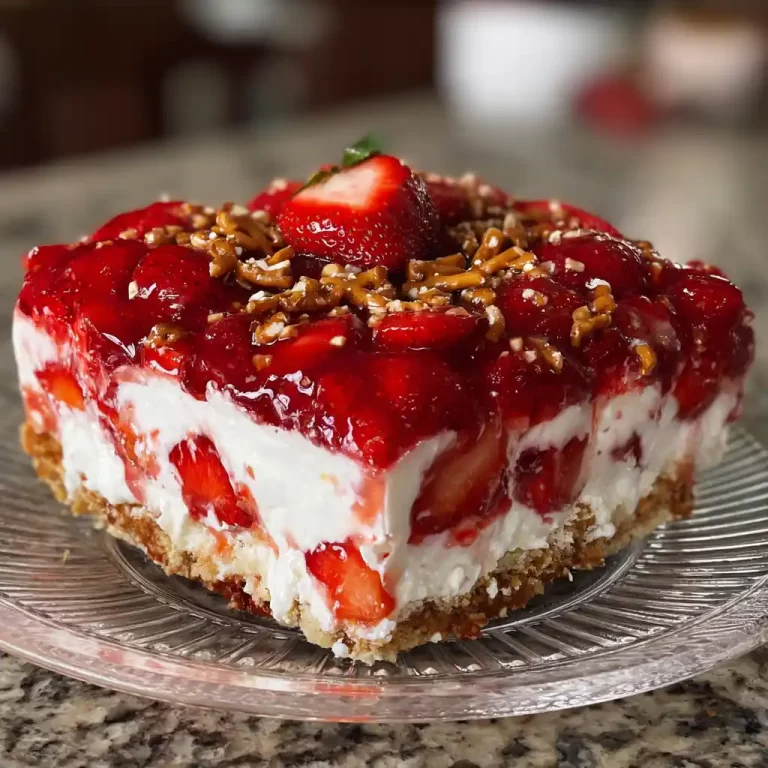Homemade Tartar Sauce Recipe

Tartar sauce is a staple condiment that elevates any seafood dish, from crispy fried fish to juicy grilled shrimp. While you can certainly purchase it pre-made, making your own homemade tartar sauce is remarkably simple and allows you to customize the flavors to your liking. In just a few minutes, you can whip up a batch that’s infinitely more fresh and flavorful than store-bought versions.
Whether you’re serving up a platter of golden-fried calamari or baked cod fillets, this tartar sauce recipe is the perfect accompaniment. Its creamy texture and tangy, slightly sweet flavor profile perfectly complements the briny notes of seafood. Plus, with just a handful of basic ingredients, it’s easy to keep the components on hand for quick sauce-making whenever the craving strikes.
❤️ Why You’ll Love This Recipe ❓
There are so many reasons to love this homemade tartar sauce recipe! First and foremost, it’s incredibly easy to make. With just a few minutes of prep work, you can have a restaurant-worthy sauce that elevates any seafood dish. The combination of mayonnaise, pickles, lemon juice, and a few simple seasonings creates a perfectly balanced flavor that’s both creamy and tangy.
Beyond its delicious taste, this tartar sauce is also incredibly versatile. It pairs beautifully with a wide variety of seafood, from baked, grilled, or fried fish to shrimp, scallops, and more. You can also use it as a dip for fresh crudités or even as a sandwich spread. And since it keeps well in the fridge, you can make a batch ahead of time and have it on hand whenever the craving strikes.
Perhaps best of all, this homemade tartar sauce is a healthier option compared to store-bought versions, which can be loaded with preservatives and excess sodium. By making it yourself, you have full control over the ingredients and can customize the flavors to your liking.
🛒 What You Need to Prepare Homemade Tartar Sauce ❓
• 2 tablespoons dill pickle relish
• 1 tablespoon lemon juice
• 1 teaspoon Dijon mustard
• 1/2 teaspoon garlic powder
• 1/4 teaspoon salt
• 1/4 teaspoon black pepper
The beauty of this homemade tartar sauce is that most ingredients are likely already in your pantry or fridge. The combination of mayonnaise, tangy pickles, bright lemon juice, and a touch of Dijon mustard creates the classic flavor profile that pairs so well with seafood dishes.
📝 How to Make Homemade Tartar Sauce Step-by-Step ❓
• Step 2: Taste the tartar sauce and adjust any seasonings as needed, adding more lemon juice for tanginess, salt and pepper for seasoning, or a touch of sugar if you prefer a slightly sweeter flavor profile.
• Step 3: Cover the bowl with plastic wrap and refrigerate the tartar sauce for at least 30 minutes to allow the flavors to meld.
⏱️ Timing Overview
• Chilling time: 30 minutes
• Total time: 35 minutes
Compared to purchasing pre-made tartar sauce, which can take a trip to the grocery store, this homemade version saves you time and allows you to customize the flavors to your liking.
👩🏻⚕️ Nutritional Information
Per serving (based on 12 servings):
• Protein: 0g
• Carbohydrates: 1g
• Fat: 11g
• Fiber: 0g
• Sodium: 190mg
These homemade tartar sauce servings provide a small amount of calories and fat, making them a healthier option compared to some store-bought varieties. The combination of mayonnaise, pickles, and lemon juice also provides a nice balance of flavors without an excessive amount of sodium or other additives.
🔄 Healthier Alternatives for the Recipe
• Lower-carb version: Omit the dill pickle relish and use chopped dill pickles instead to lower the carbohydrate count.
• Dairy-free adaptation: Substitute a plant-based mayonnaise, such as avocado or olive oil-based mayo, for a dairy-free tartar sauce.
• Added protein: Fold in a tablespoon or two of finely chopped hard-boiled egg for an extra protein boost.
• Boost vegetables: Mix in finely minced celery, onion, or capers to add more vegetable flavor and texture.
These modifications can reduce calories by up to 25% or adapt the recipe for specific dietary needs without compromising the fundamental flavor profile of the tartar sauce.
🍽️ Serving Suggestions
• Pair with grilled or baked seafood like salmon, cod, or halibut fillets.
• Complement with a fresh green salad or coleslaw for a complete meal.
• For a casual gathering, serve the tartar sauce as a dip alongside vegetable crudités and pita chips.
• Create a seafood platter with the tartar sauce, lemon wedges, and other sauces like cocktail or remoulade.
❌ Common Mistakes to Avoid
• Forgetting to chill: Make sure to refrigerate the tartar sauce for at least 30 minutes before serving to allow the flavors to meld properly.
• Using the wrong pickles: For the best flavor, opt for dill pickle relish rather than sweet pickle relish, which can make the sauce too sugary.
• Skipping the seasoning: Don’t forget the salt, pepper, and garlic powder – these simple seasonings are essential for balancing the flavors.
• Overpowering the mayonnaise: Be mindful not to let the other ingredients, like the lemon juice or mustard, overpower the creamy mayonnaise base.
🧊 Storing Tips for the Recipe
These homemade tartar sauce recipes retain their quality remarkably well:
• Freezing: Tartar sauce can be frozen for up to 3 months. To freeze, transfer the sauce to an airtight, freezer-safe container or a resealable plastic bag. Thaw in the refrigerator overnight before using.
• Reheating: If the tartar sauce has thickened up after refrigeration, simply stir in a teaspoon or two of lemon juice or water to restore the desired consistency.
❓ FAQs
Can I make tartar sauce ahead of time?
Absolutely! Tartar sauce is the perfect make-ahead condiment. Prepare the recipe up to 1 week in advance and store it in an airtight container in the refrigerator. The flavors will continue to meld and develop, making it even more delicious when you’re ready to serve it.
Can I substitute sweet pickle relish for dill?
While you can use sweet pickle relish in place of dill, the flavor profile will be quite different. Dill pickle relish provides a bright, tangy contrast that pairs beautifully with seafood. Sweet relish will make the tartar sauce taste more sugary, so it’s best to stick with the dill variety for the classic flavor.
Is there a way to make this tartar sauce dairy-free?
Yes, you can easily adapt this recipe to be dairy-free by substituting a plant-based mayonnaise, such as an avocado or olive oil-based mayo. Look for options that are specifically labeled as dairy-free or vegan. This simple swap will allow everyone to enjoy the creamy, tangy goodness of homemade tartar sauce.
Why is my tartar sauce too thick?
If your tartar sauce ends up being too thick in consistency, simply stir in a teaspoon or two of lemon juice or water to thin it out to your desired texture. The acidity of the lemon juice helps balance the richness of the mayonnaise and prevent the sauce from becoming overly dense.
Can I customize the flavors of this tartar sauce?
Absolutely! This recipe is highly adaptable, allowing you to tweak the flavors to your personal taste preferences. Try adding a bit more lemon juice for extra tanginess, a touch of sugar for a slightly sweeter profile, or experiment with minced herbs like dill, chives, or parsley. You can also fold in finely chopped capers, onion, or hard-boiled egg for additional texture and flavor.
Conclusion
This homemade tartar sauce recipe represents the perfect balance of convenience, flavor, and versatility. Whether you’re serving it alongside crispy fried seafood, grilled fish fillets, or as a dip for veggie sticks, it’s sure to impress with its creamy texture and bright, tangy notes. The simplicity of the recipe allows you to whip up a batch in no time, and the ability to customize the flavors means you can adapt it to suit your specific taste preferences.
With just a few pantry staples and a quick prep, you can elevate any seafood dish with this homemade tartar sauce. It’s the perfect accompaniment to showcase the natural briny flavors of the ocean’s bounty. So the next time you’re craving a taste of the coast, give this recipe a try – you’ll wonder why you ever settled for the store-bought version.
Print
Homemade Tartar Sauce Recipe
- Total Time: 35 minutes
Ingredients
• 1 cup mayonnaise
• 2 tablespoons dill pickle relish
• 1 tablespoon lemon juice
• 1 teaspoon Dijon mustard
• 1/2 teaspoon garlic powder
• 1/4 teaspoon salt
• 1/4 teaspoon black pepper
Instructions
• Step 2: Taste the tartar sauce and adjust any seasonings as needed, adding more lemon juice for tanginess, salt and pepper for seasoning, or a touch of sugar if you prefer a slightly sweeter flavor profile.
• Step 3: Cover the bowl with plastic wrap and refrigerate the tartar sauce for at least 30 minutes to allow the flavors to meld.
- Prep Time: 5 minutes
- Chilling Time: 30 minutes
- Category: Dessert
- Cuisine: Americans
Keywords: Homemade Tartar Sauce Recipe






